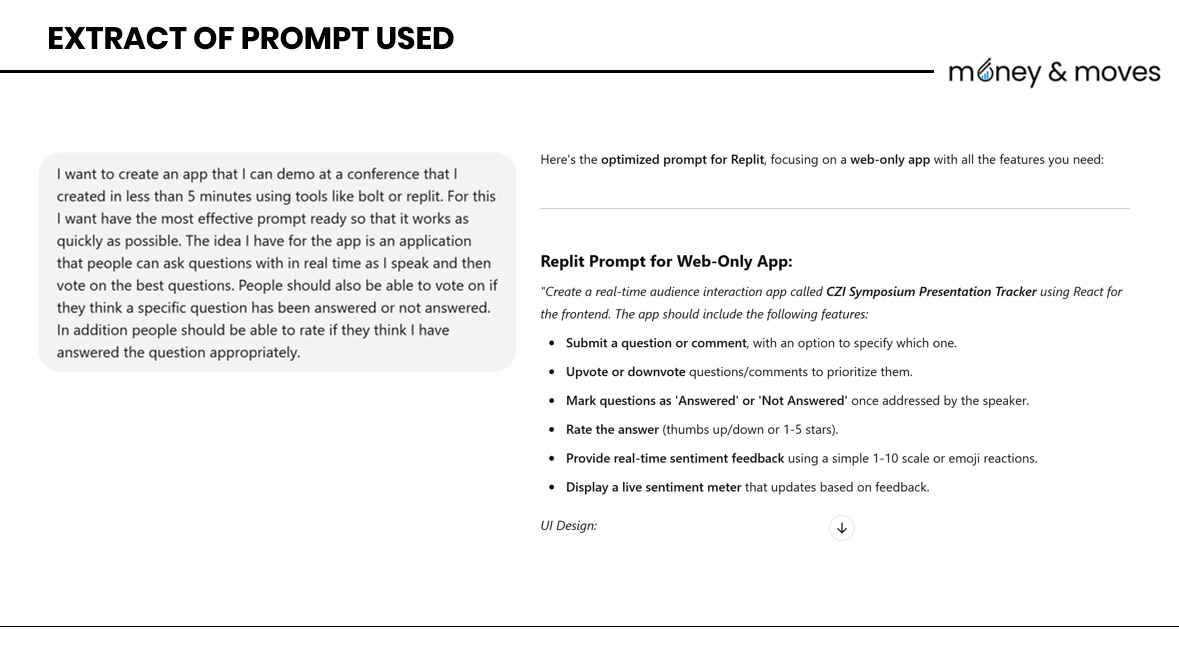Follow the Money: AI is the Defining Shift of Our Generation
Ignore it at your own risk
Last week, I spoke at the Confederation of Zimbabwe Industries (CZI) Economic Outlook Symposium. The below article is derived from a version of that talk. Interested in having me speak? Reply to this email to discuss details.
The best way to predict the future is to create it.
The future doesn’t just happen. People and organisations work towards creating it daily, and the best way to tell what people are creating is to follow the money.
Right now, the most money is going into artificial intelligence (AI) at a breathtaking rate.
One clear data point is the amount of capital expenditures (CAPEX) big tech companies plan to spend in the next year.
The numbers are staggering: over $300 billion from just four companies, all driven by AI investment. In justifying the expenditure, Amazon’s CEO Andy Jassy described AI as a ‘Once-in-a-Lifetime’ opportunity.
But what makes AI different from other trends?
In recent years, various other trends have been called the next big thing, whether it's crypto, NFTs, or the metaverse.
What makes AI different?
One factor is the level of adoption is unprecedented. For example, despite Bitcoin's growing popularity, only about 79 public companies in the US hold it on their balance sheets, with almost all of them crypto-focused businesses.
With AI, however, all major companies are investing in it.
It is also not just companies focusing on AI; the interest in AI among the general population is also unmatched.
Google Trends, which measures the degree of interest in a particular topic over time, shows that the interest in AI (the blue line) is much higher than all previous trends, including Crypro and Web3.
All these factors mean that AI development is moving at an incredible pace.
Building an App in 5 Minutes
To illustrate this, at the CZI conference, I demoed an app I built with AI in less than five minutes.
I intentionally didn’t put much effort into the process to show how much AI could do with limited guidance. I asked ChatGPT for a prompt that I could use to build an app where people could ask questions and make comments in real time as I spoke.
I then fed the prompt from ChatGPT into Replit, a coding platform that can use simple written prompts to build out apps.
It then created this app, as shown in the video below, without further guidance. The whole app development took AI about 5 minutes to complete. You can watch the process below. I have sped up the video so it's less than a minute long.
To make the example more concrete, I also allowed users to try out the app, which should still be live as of this publication.
The app would likely need some additional work before it is 100% complete, but the fact that one could develop something this functional in less than 5 minutes shows how fast AI is moving.
PS: I spend a lot of time learning and testing AI tools like the above to figure out which ones the average person can use in work environments to save time and money. If you're interested in a practical, easy-to-follow AI newsletter for non-technical people that shares such tips and use cases, leave your email HERE. If enough people sign up, I'll start it (with some help)!
Where’s the Money? What’s the Move?
On a personal level, you need to develop a solid understanding of how to use AI practically. Anyone who does will have a massive advantage in the workplace and the job market.
Many people have already picked up on this trend. The chart below shows the number of people signing up for AI-related courses since 2023. Some people are getting ahead of the curve; you do not want to be left behind.
For companies, I believe one of the biggest opportunities is building custom software solutions to fit their specific needs. In the past, very few companies could afford to develop tailor-made software for a unique problem. That has now changed.
To be clear, I don’t think AI will replace the need for software developers, but it should lower the cost and time taken to develop solutions.
If you have an idea for a software solution, you can build a working app in less than 30 minutes to get a solution 90% of what you need. You can hand it over as a concept to a developer to complete the last 10%, which often requires more skill.
This can result in significant productivity gains and even savings on software solutions you can now develop in-house at a fraction of the cost.
The rate of change is breathtaking. ChatGPT launched in November 2022, and just over two years later, the improvements in AI are astounding.
Imagine how significant the changes will be in the next five years?
PS: I spend a lot of time learning and testing AI tools like the above to figure out which ones the average person can use in work environments to save time and money. If you're interested in a practical, easy-to-follow AI newsletter for non-technical people that shares such tips and use cases, leave your email HERE. If enough people sign up, I'll start it (with some help)!








